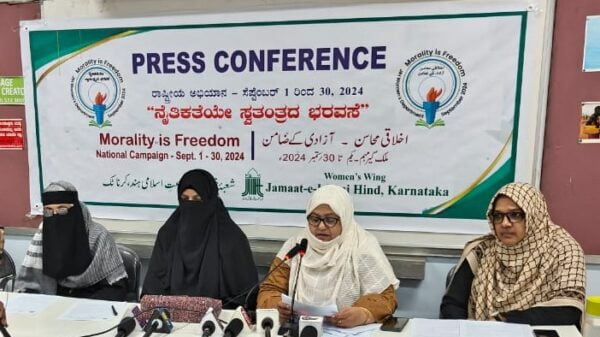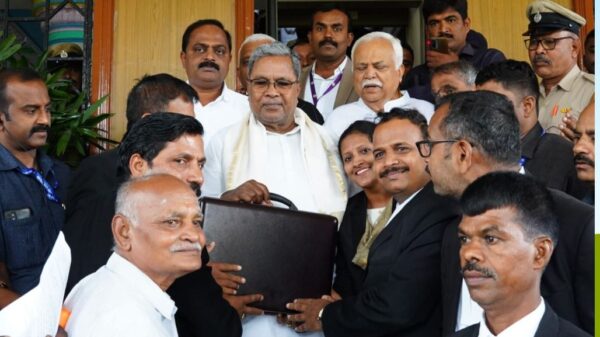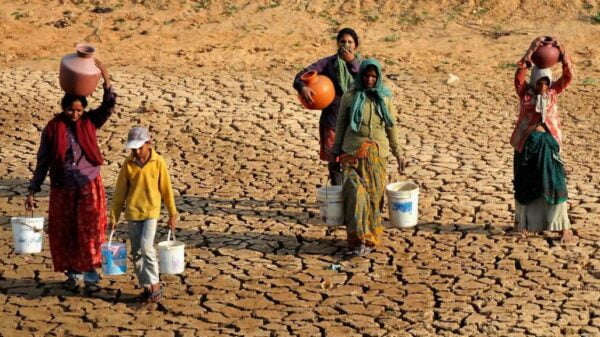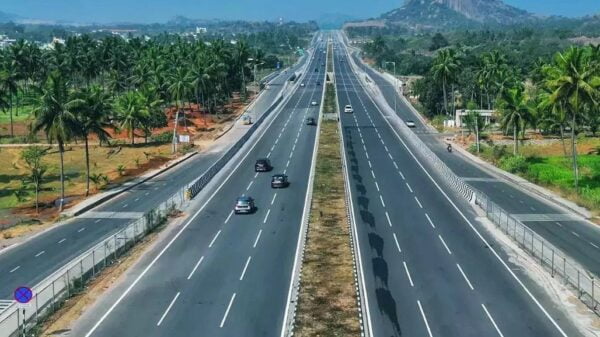Climate change could push 216 million people across six world regions to move within their countries by 2050, warned World Bank. In its updated Groundswell report the international financial body said that hotspots of internal climate migration could emerge as early as 2030 and continue to spread and intensify by 2050.
Juergen Voegele, vice president of Sustainable Development at the World Bank said in the statement, “The Groundswell report is a stark reminder of the human toll of climate change, particularly on the world’s poorest—those who are contributing the least to its causes. It also clearly lays out a path for countries to address some of the key factors that are causing climate-driven migration.”
He added, “All these issues are fundamentally connected, which is why our support to countries is positioned to deliver on climate and development objectives together while building a more sustainable, safe and resilient future.”
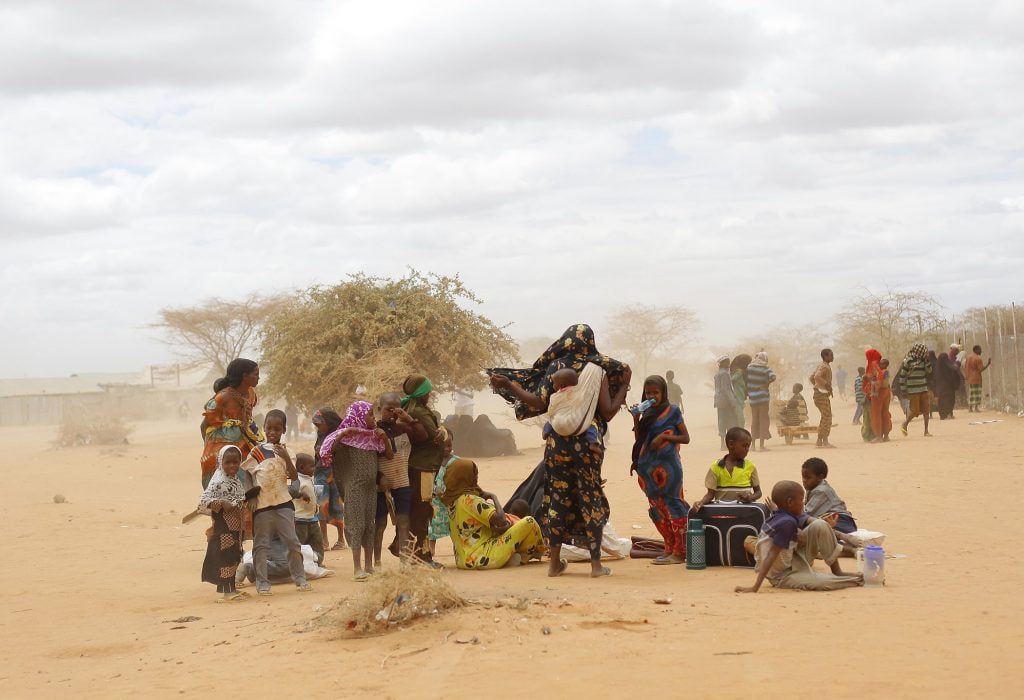
The report also found that reduction of global emissions, supporting green, inclusive, and resilient development, could reduce the scale of climate migration by as much as 80 percent. Climate change could trigger internal migration since it impacts livelihoods. Stating the migration rate the report points that by 2050, Sub-Saharan Africa could see as many as 86 million internal climate migrants. Other world regions mentioned by the report- East Asia and the Pacific, 49 million; South Asia, 40 million; North Africa, 19 million; Latin America, 17 million; and Eastern Europe and Central Asia, 5 million.
The first part of the Groundswell, focused on Sub-Saharan Africa, South Asia, and Latin America and was published in 2018. The sequel, which includes projections and analysis of internal climate migration for East Asia and the Pacific, North Africa, and Eastern Europe and Central Asia, was published on September 13.
The report further provides a series of policy recommendations that can help slow the factors driving climate migration. Efforts to meet Paris agreement, preparing for each phase of migration, and taking internal migration as adaptation strategy can result in positive development outcomes.
References:
Picture credits:





























